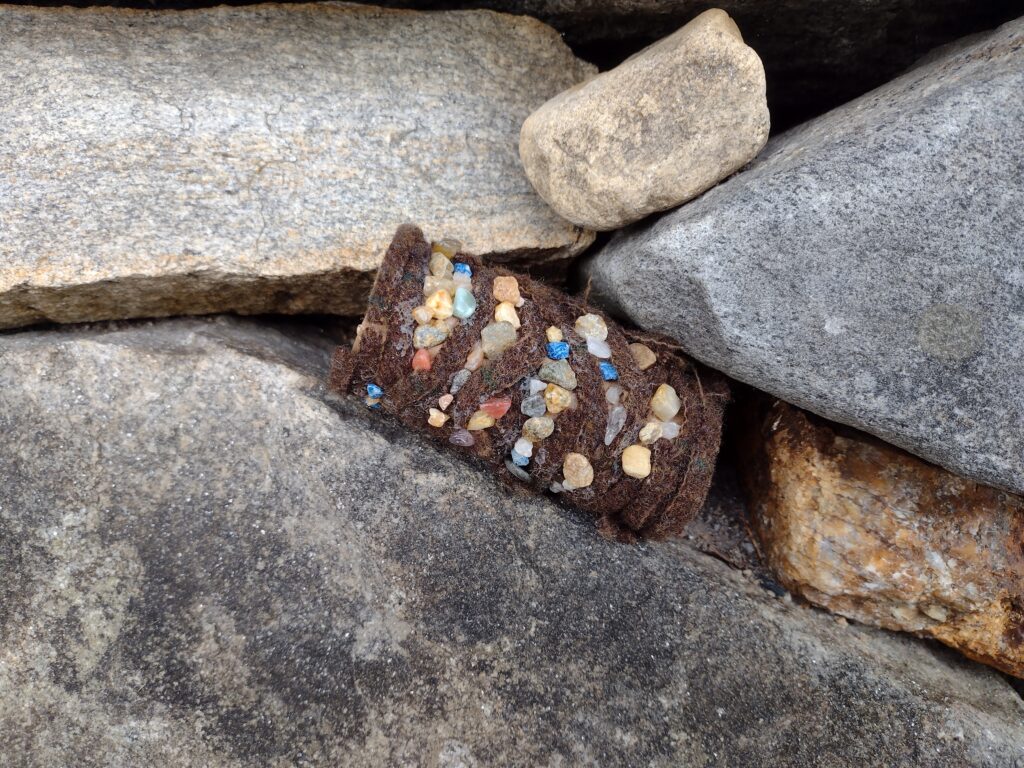by Mirka Zapletal
The Newfound Lake Region Association uses a number of measurements to track water quality in the lake and watershed, including phosphorus, dissolved oxygen, and water clarity. This information helps us understand current conditions and longer-term trends and then take action to keep the water clean. Nature has its own way of tracking water quality, and anyone can observe and make their own water quality assessment if they know where to look and what to look for!
Macroinvertebrates are animals without backbones that you can see with the naked eye. Good examples we see regularly include ants, spiders, and earthworms, but a whole host of macroinvertebrates are found in the water: crayfish, diving beetles, and larvae of species that will eventually take to the air, like mayflies and stoneflies. Because aquatic macroinvertebrates are completely surrounded by water, they feel the full impact of water quality changes. When water quality deteriorates, sensitive species may disappear entirely, while populations of species that can withstand poor water quality will grow. By look at which macroinvertebrates are in the water, you can get a sense of how good (or bad) the water quality is.
Assessing Water Quality with Macroinvertebrates
Which macroinvertebreates can tell you about water quality? Often they are divided into three groups: those that require excellent water quality, those that can live in a wide variety of conditions, and those that can tolerate fair or poor water quality.
Species that are very sensitive to pollution include:
Riffle Beetles
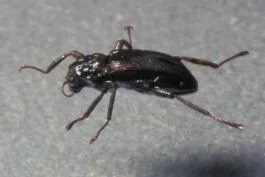
Riffle Beetle Larvae
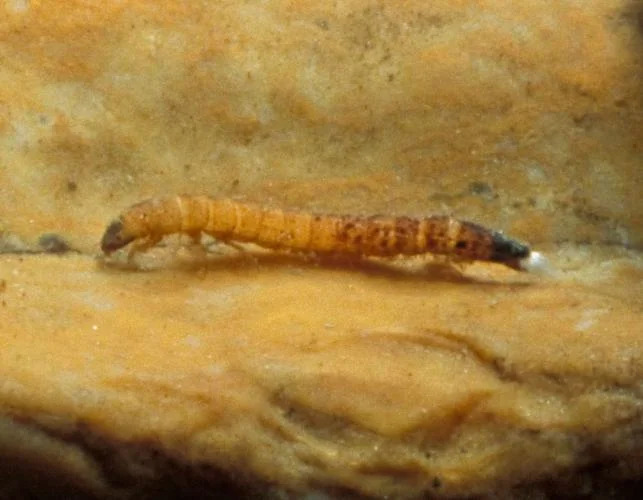
Mayfly Larvae
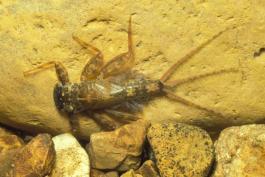
Caddisfly Larvae
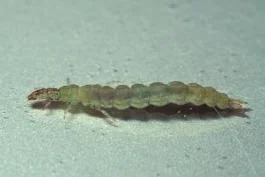
Species that can live in many different water conditions include:
Crayfish
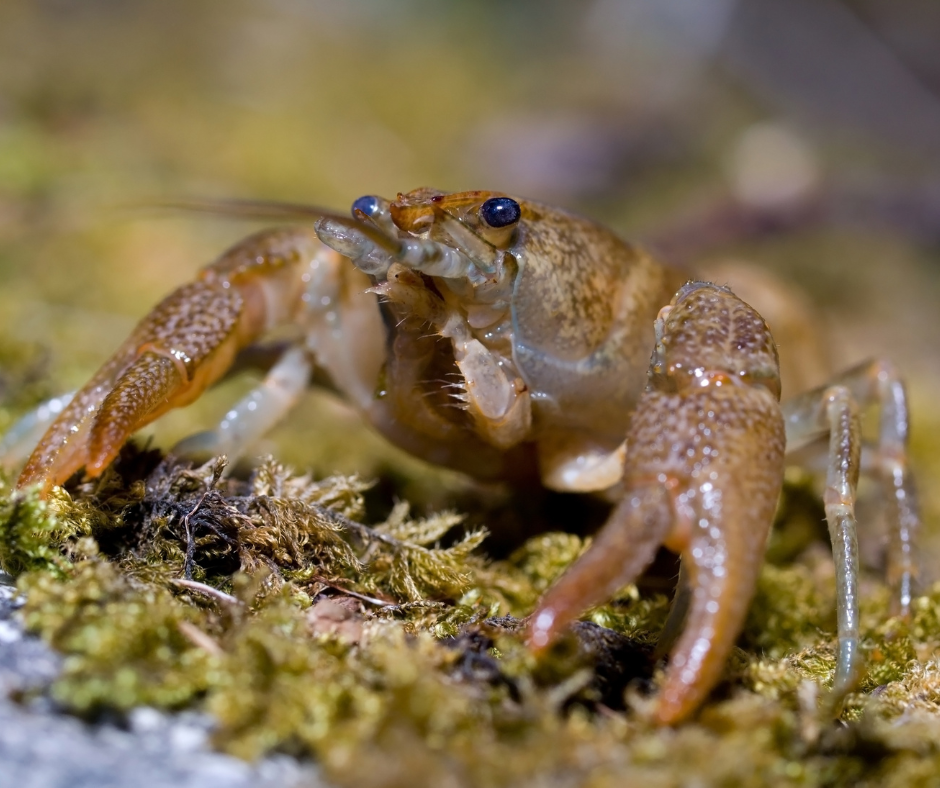
Dragonfly Larvae
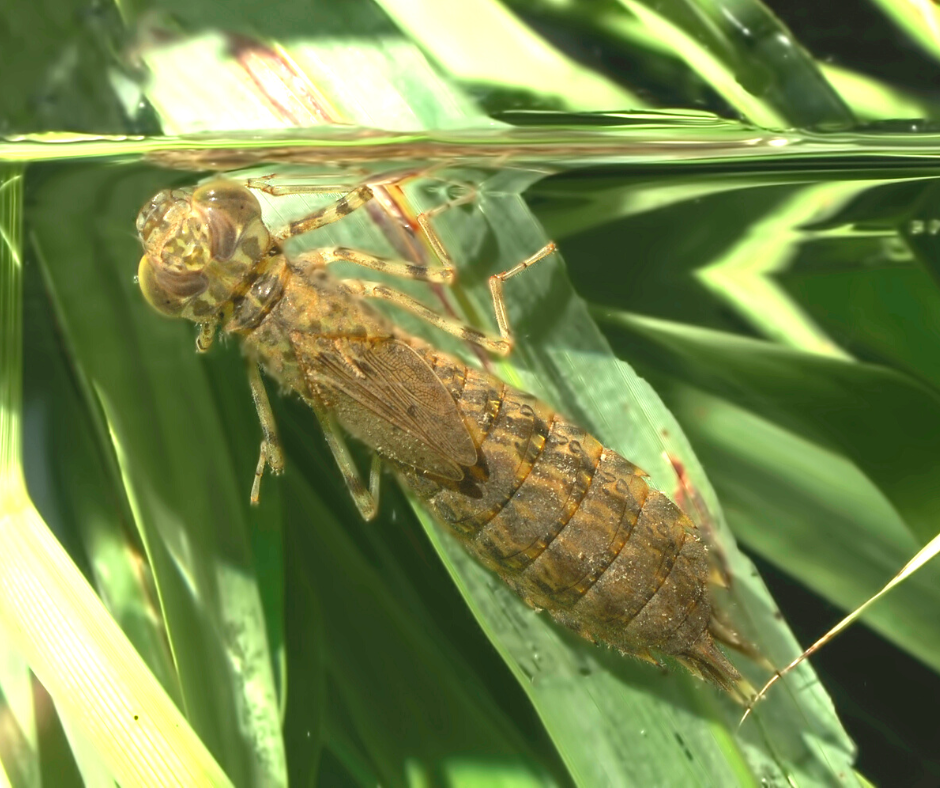
Sowbugs

Species that, when they are the most common inhabitants, indicate poor conditions with high levels of nutrients and/or low levels of oxygen include:
Aquatic Earthworms

Midge Larvae
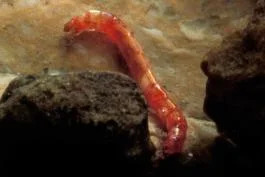
Leeches
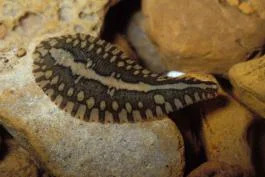
Nature’s Artists!
If you’ve ever taken a look under the rocks of a local stream or used a dip net to dredge up sediment (and its inhabitants) from the lake bed, you’ve gotten a glimpse of the local macroinvertebrate community. Along with clues to water quality, the world of aquatic macroinvertebrates is full of amazing – and artistic – adaptions!
If you need a little encouragement to take a peek, we’d like to present the artistic and not-so-humble caddisfly. The larvae of caddisflies can be found in flowing and still water, but they are sensitive to pollution, so large populations are a good sign for water quality. Caddisfly larvae can be predators who catch their prey, herbivores who shred plant material, collectors who grab pieces of decaying matter out of the water, and everything in between. While you may see a caddisfly larva when you look in the water, you are more likely to see what the larva creates as shelter- a casing made of silk it produces and materials found in its environment.
This caddisfly larva is exposed, but most kinds live within cases or retreats:

like this one made from stones:
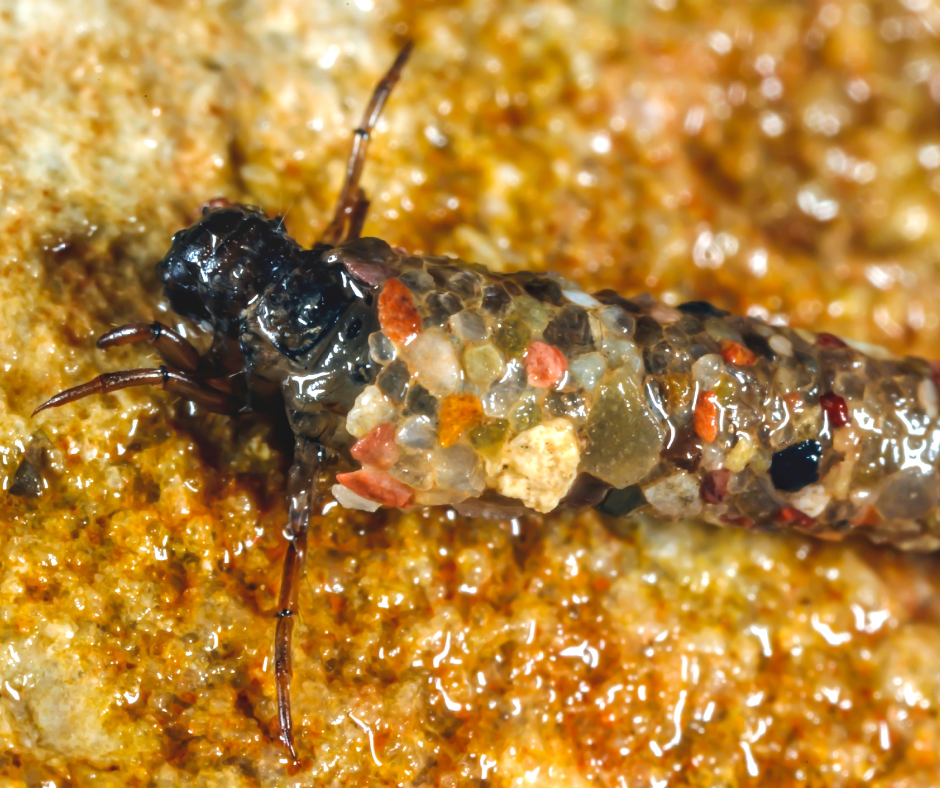
or this one made from twigs:
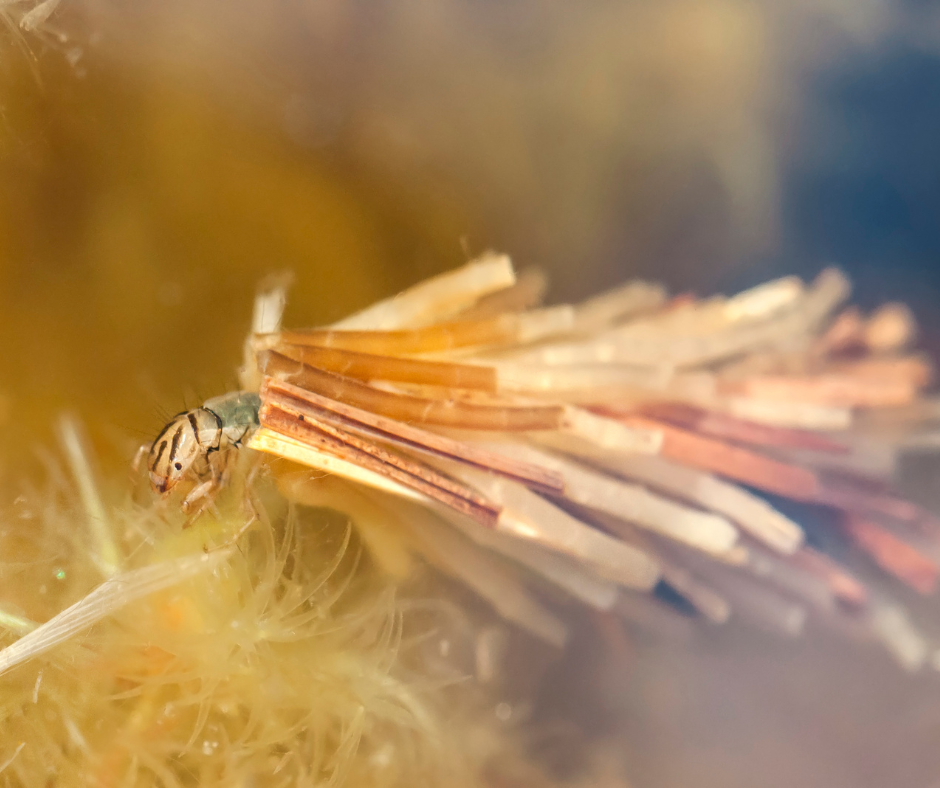
Caddisfly constructions are durable even in rushing water, provide shelter for developing larvae, and have even been used in jewelry designs!
You can explore the world of caddisflies and other macroinvertebrates hands-on at this month’s Nature Station program, September 21 and 24 from 10am-12pm, as we take a look under the water. We’ll hunt for macroinvertebrates in water and sediment samples and use magnifying lenses for an up-close look. Once you’ve had a chance to explore life under water, channel your invertebrate artist and try your hand at making your own caddisfly case!
